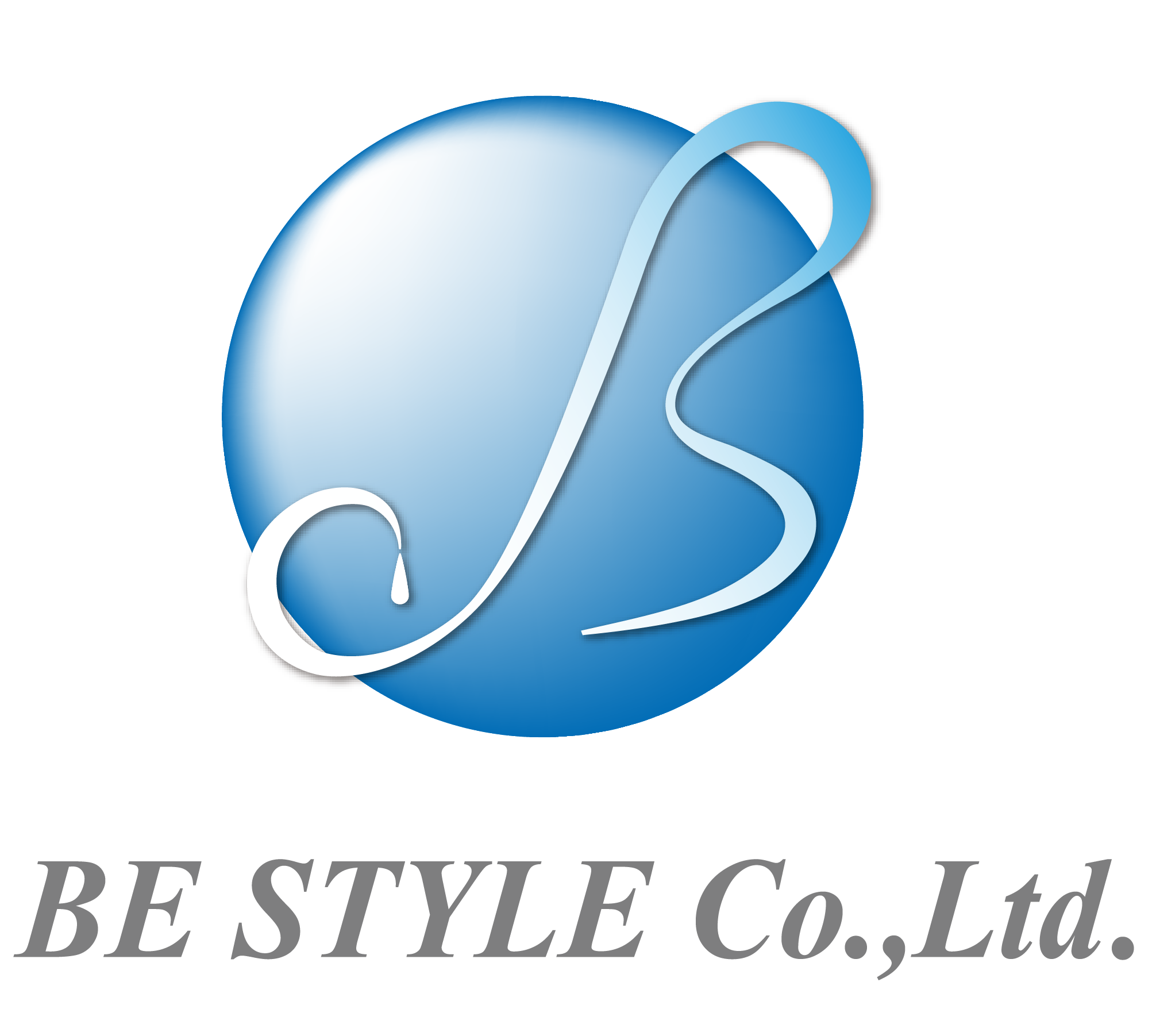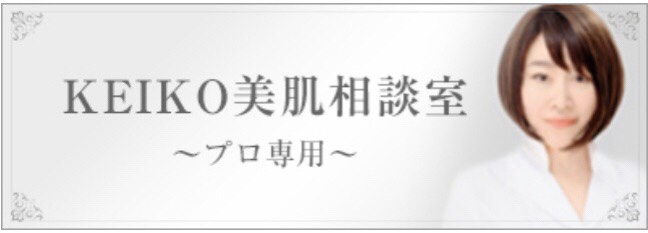化粧品を製造販売する場合
薬機法や安全データシートを元にその安全性を担保します。
化粧品の性質上、
腐敗を避けるために必ず入れなければならないのが「防腐剤」です。
防腐効果(抗菌効果)を持つ成分は非常に幅広く、
アルコール類
グリコール類
界面活性剤
なども静菌・殺菌効果を持ちます。
その中で、
メチルパラベン
フェノキシエタノールなどの、
薬機法で「防腐剤」と名付けられている成分は、
人体への影響がデータで裏付けられ
「比較的安全な抗菌剤」
だけに与えられた称号のようなものです。
その「有効性や安全性」
は、
長年に渡る先人たちの気の遠くなるような膨大な研究資料からも読み解けます。
メチルパラベンは水溶性で肌への浸透が少なく「幅広い菌」に効果を発揮します。
フェノキシエタノールは、パラベンが唯一効果を発揮しにくい
「グラム陰性菌」に効果を発揮します。
優秀な化粧品は
この二つの合わせ技を持って、繁殖する菌を押さえ込みます。
問題とすべきは、配合する防腐剤(抗菌剤)の「量と種類」です。
パラベンフリーなどのキャッチコピーをたまに見かけます。
あたかも安全性をアピールしているかのようですが、
私たちが最も注意すべきは
繁殖する菌であり、
その菌が出すアレルゲンです。
粗悪な化粧品は
一つの商品に50〜60種類以上の様々な成分を配合し、
防腐剤や安定剤、その他の添加物を入れられるだけ入れています。
これは、ユーザーの安全を無視するに等しい行為です。
理想の化粧品とは、
内容成分は肌にとっての必要最低限とし、
アレルギー検査
菌検査
科学的アプローチによって
当然繁殖するであろう
「菌」を必要最小限の抗菌剤で抑制する。
これがユーザーを思う真の誠実さであり、あるべき形です。
また、巷の「無添加化粧品」と称しているものは
保湿剤などと表記して、実は防腐効果のある成分を配合しています。
これらには、
単体の抗菌効果も
相乗効果のデータもありませんので、
かなりの量を配合しなければなりません。
要するに、、
「保湿剤」などと称した「防腐剤」を
多量配合しているということです。
多量の防腐剤は確実に肌を攻撃します。
これが、、
「無添加化粧品」に含まれている
「防腐剤」の実情であり
巷の「化粧品学」といえます。
物事の本質を踏まえ
知的な判断を持って
より良い選択をしていきたいものです。
****************************************************
パラベンに関する論文1950年と1995年のデータ
気の遠くなるような研究の積み重ね
ーーーーーーーーーーーーーーーーーー
ーーーーーーーーーーーーーーーーーー
*NEW*
KEIKO愛弟子の課題作品をご紹介しております。
****************************************************
★キーワード★
「問題とすべきは、配合する防腐剤(抗菌剤)の「○と○○」です。」
○○に当てはまるキーワードを2ヶ月以内に店頭でスタッフへお伝え頂きますと、
プラセンタ配合の美白ゼリー(1600円相当)を進呈いたします。
岩永恵琴プロフィール
| 美容家歴45年 。改善コンテスト 優勝・準優勝 28回受賞。 2014年殿堂入り。10万人の肌を改善に導く。 |
ーーーーーーーーーーーーーーーーーーーーー
<美容関係のオーナー様やスタッフの方が直接、KEIKOに肌相談をする事ができます>
ーーーーーーーーーーーーーーーーーーーーー
<KEIKO ビューティーコラム英語版>
1-22. Preservatives for Cosmetics
When manufacturing and selling cosmetic products, we ensure their safety based on the Pharmaceutical Affairs Act and safety data sheets.
In order to avoid spoilage in the quality of cosmetic products, a preservative must be added to that.
There is a wide range of chemical substances with antiseptic (antibacterial) effects.
Alcohols
Glycols
Surfactants
And other chemical substances also have bacteriostatic and disinfectant properties.
The data supports the effects of methyl paraben and phenoxyethanol on the human body. The ingredient is called a “preservative” under the Pharmaceutical Affairs Act. Therefore, preservatives under the Law is like a title given only to “relatively safe antimicrobial substances”.
Its “efficacy and safety” have been confirmed by a vast amount of research conducted by predecessors over the years.
Methylparaben is water-soluble and has little penetration into the skin and is effective against a “wide range of bacteria”.
Phenoxyethanol is effective against gram-negative bacteria that parabens is less effective.
A good cosmetic product uses the synergistic effect of the two to prevent the bacteria.
The problem is the “amount and type” of preservatives to be used.
Sometimes we see catchphrases such as paraben-free.
It’s almost as if they’re promoting safety.
But what we have to pay attention is the bacteria and the allergens they produce.
Shoddy cosmetics contain 50 to 60+ different ingredients in one product, with preservatives, stabilizers and other additives as much as they can.
It is about to ignoring the safety of the user.
The ideal cosmetic product should contain the minimum amount of preservatives necessary for the skin.
Allergy testing, bacteria testing, and scientific approaches are necessary to identify a product can prevent the bacteria with minimal preservatives.
This should be true honesty with the user in mind.
“Additive-free cosmetics” called in the market are actually added preservatives as moisturizer.
As there is no data on the synergistic effects, then such a product must be added a large amount of preservatives.
In short, it contains a large amount of “preservatives” called “moisturizers”.
Large amounts of preservatives are sure to attack the skin.
This is the reality of the preservatives included in additive-free cosmetics, and it can be called “cosmetic know-how”.
We’d like to make better choices based on the nature of things and with intelligent judgment.
****************************************************
Data of academic papers on parabens 1950 and 1995.
A large amount of data of research accumulation.
25_132 PDF
24_399 PDF
****************************************************





